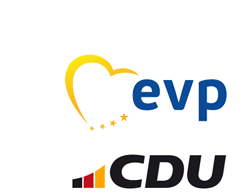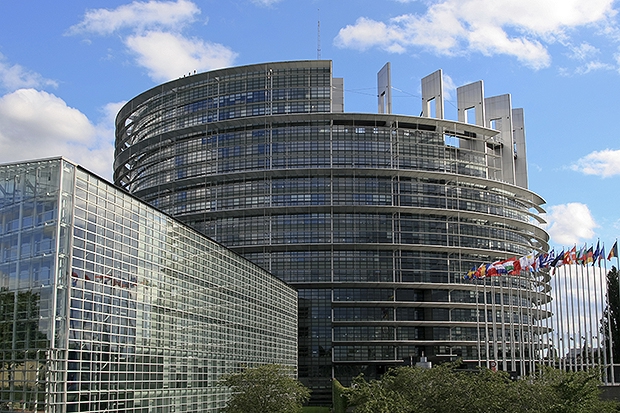Good that we will continue to protect industry from carbon leakage / Controlled management at EU level / Implementation speed to be decided in ETS trilogue on Friday or Saturday / Do not leave export-strong companies alone
Early Tuesday morning, the EU institutions agreed on the design of the carbon cap and trade mechanism CBAM. "With this, we have created an instrument that signals to the world: Whoever wants to sell their products on the European market must pay more attention to the climate from now on. This applies to steel, aluminum, fertilizer, cement, electricity and additionally now also to hydrogen. Pre- and post-products as well as indirect emissions are also to be monitored in some sectors. I support a number of points that have been agreed so far, including the fact that we do not want to leave the control and implementation of the CO2 price for EU imports entirely to the member states. It is important that the EU keeps an eye on the harmonic application of the mechanism in the member states so that we avoid a situation where imports continue to take place without CO2 pricing in the country that has the weakest controls," explained Peter Liese, environmental spokesman for the largest group in the European Parliament (EPP, Christian Democrats).
"However, for us as the EPP, it is important that the new border adjustment mechanism is first carefully prepared and really works well before the free allowances in emissions trading for the affected industries are cancelled. There is still no agreement between the European legislators on the timetable for the introduction of the system, i.e. when the mechanism should start and at what rate, and when it should finally become 100% effective. The border adjustment mechanism must first function technically and we also need acceptance from the third countries, which cannot be taken for granted. The question of how a scheme for exports from the EU should work also remains open." Liese warns that a hasty reduction of free allowances, without a guarantee that the border adjustment mechanism will work, could lead to massive job losses. "That's why extreme caution is needed. But against that, it can be fully phased in quickly once it actually works," Liese explained. The details on this will be clarified in the ETS trilogue led by Liese on Friday or Saturday.
Background: The European Commission proposed a CO2 border adjustment mechanism (CBAM) on July 14, 2021. According to this, certificates would be purchased for imports from third countries into the EU in the same way as for goods produced within the EU according to the rules for pricing CO2 emissions. This is intended to prevent energy-intensive industries from shifting their emissions abroad, so-called carbon leakage, and instead making their production processes more environmentally friendly within the EU. The scheme is to be phased in and will initially apply only to a certain selection of products where there is a high risk of emissions shifting to third countries. On June 22, 2022, the European Parliament agreed on a common position on CBAM and emissions trading reform. The Parlaiment’s position stipulates that the reduction of free allowances and the start of CBAM will not begin until 2027. The start is also supposed to be very cautious with only 7% burden for products from third countries and 7% less free allocation in the EU. Then, however, things are supposed to move very quickly, with the mechanism taking full effect in 2032. That is three years earlier than envisaged by the Commission. Negotiations are currently underway between the Parliament, the member states and the Commission. The final trilogue on the speed of introduction will take place on Friday and Saturday, December 16 and 17, 2022.


